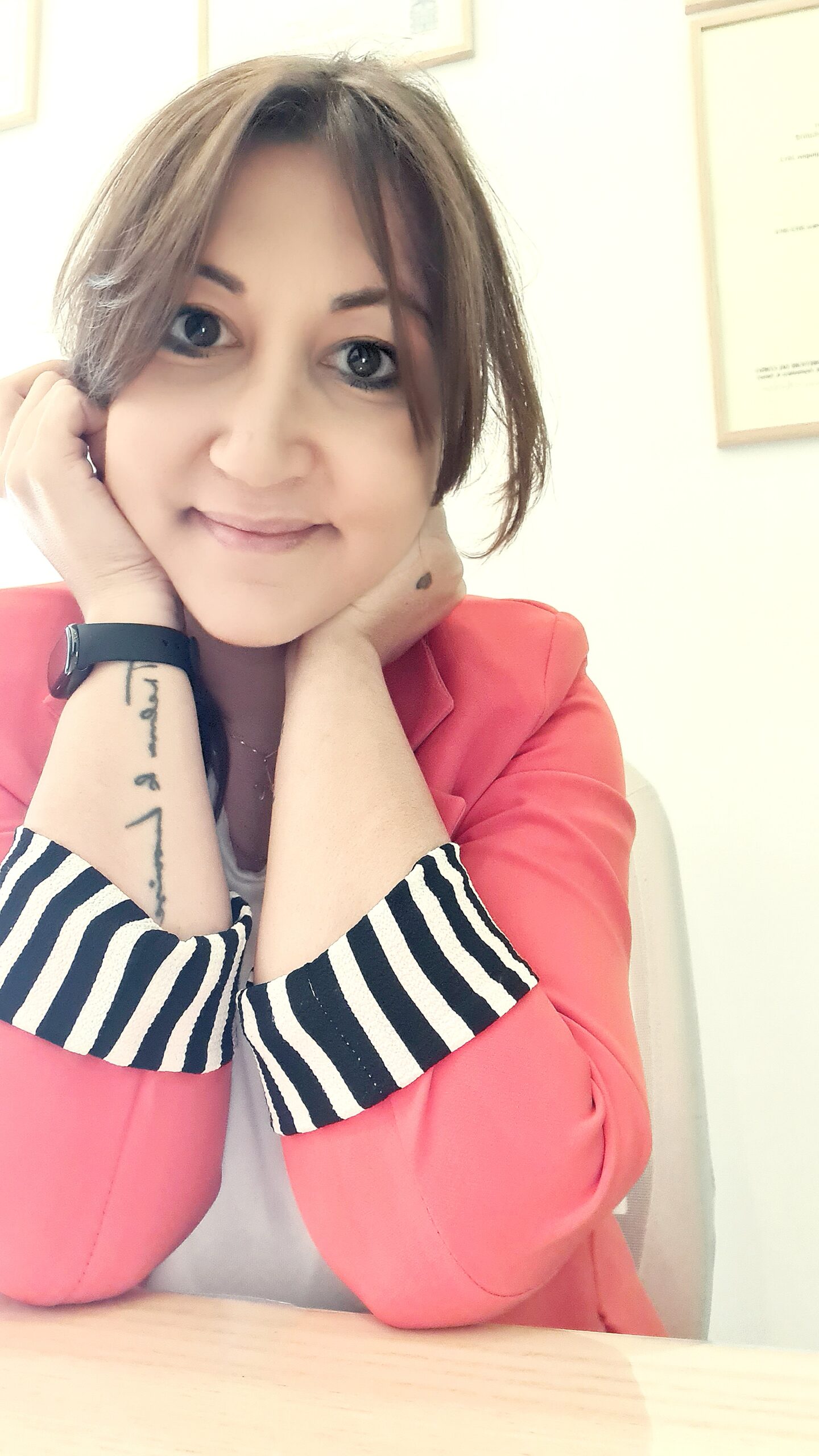Freehands Optimization
On demand
Treatment proposal to increase widespread usage of an Automatic Speaking Valve in tracheoesophageal speech
Being able to speak handsfree is the ultimate goal in post-laryngectomy voice rehabilitation, but previous studies and clinical experience has shown that the use of an Automatic Speaking Valve (ASV) to enable handsfree speech is challenging. Subsequently, only a minority of patients can use an ASV successfully in daily life.
Ylenia Longobardi, Speech and Language Pathologist at the Gemelli Hospital, Rome; performed a study analyzing the main reasons for non-use of an ASV and introduced an intensive and structured training program. Recently this study, ‘Automatic speaking valve in trachea-esophageal speech: treatment proposal for a widespread usage’ was published. In this webinar Ylenia will present the results, showing how specific and targeted training can increase the use of ASV.
Timed agenda
0-5 Welcome and introduction
5-25 Study results ‘Automatic speaking valve in trachea-esophageal speech: treatment proposal for a widespread usage’
25-45 Training program based on breathing and phonation exercises in motion
45-60 Moderated Q&A
Learning objectives
- Understanding main reasons preventing use of ASV devices
- Knowledge of how to train laryngectomized patients to optimize handsfree speech
Expert panel
Dr. Ylenia Longobardi
Is a Speech and Language Therapist since 2013 and is employed at the Catholic University of the Sacred Heart and Gemelli Hospital in Rome, Italy.
She is a specialist in vocal, olfactory and pulmonary rehabilitation of the laryngectomized patient and in the rehabilitation of oncological, organic, functional and neurological vocal disorders. She graduated in psychology in 2010 and obtained a double specialization in Psycho-Oncology in 2013 and in 2016.

Dr. Longobardi has a master’s degree in Rehabilitation Sciences of the Health Professions at the Catholic University of the Sacred Heart. Since 2018 she is a professor teaching "Speech therapy in vocal pathologies" and a tutor on the Degree Course in Speech Therapy at the Catholic University of the Sacred Heart. She is a speaker at national and international conferences and the author of 28 publications in international scientific journals relating to the rehabilitation of vocal pathologies and in particular, of the laryngectomized patient with voice prosthesis.
Register to join
Please submit the form below to access the learning module. You will receive an email with direct access to the course.